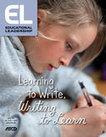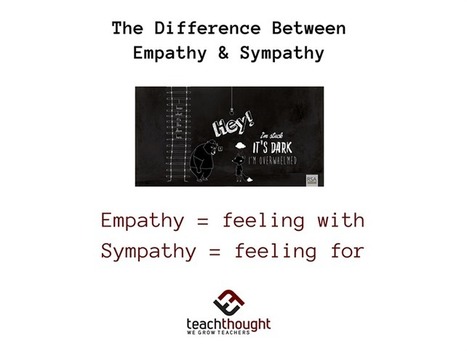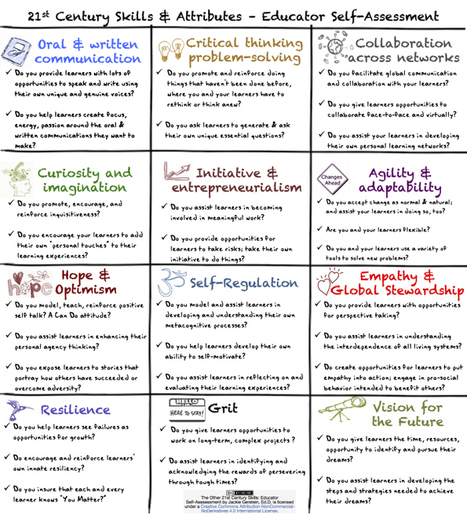Up until a decade or two ago, most companies took a standardised approach to hire talents. The HR department posted a detailed job analysis along with a list of skill sets required for the role. This was followed by a shortlisting of potential candidates based on their professional and personal backgrounds. And, the last step involved the extensive interview process which often went for over a month. Cut to 2019; the recruitment industry has undergone a massive transformation.
With the workforce becoming increasingly globalized, the hiring process, too, has changed drastically to meet the requirements of new generation jobs. These changing times mandate a shift in how companies hire and retain talents. In today’s increasingly digital era, hiring managers are looking beyond the academic qualifications of candidates. Despite the fuss over grades, good grades alone are not enough. There is an increasing emphasis on skills such as design thinking, problem-solving, adaptability and empathy – all of which are indispensable to current as well as future job roles
Get Started for FREE
Sign up with Facebook Sign up with X
I don't have a Facebook or a X account
 Your new post is loading... Your new post is loading...
 Your new post is loading... Your new post is loading...

David Baker's curator insight,
February 17, 2015 10:54 AM
The power of the Infographic is that it references both teacher and student actions and habits. I have shared it with my teachers. This might become a solid self-assessment tool for coaching conversations with teachers. 
Kristen McDaniel's curator insight,
April 3, 2015 12:05 PM
Interesting graphic with some great ideas on interpreting 21st century skills as they pertain to teaching |

David Baker's curator insight,
February 17, 2015 10:54 AM
The power of the Infographic is that it references both teacher and student actions and habits. I have shared it with my teachers. This might become a solid self-assessment tool for coaching conversations with teachers. 
Kristen McDaniel's curator insight,
April 3, 2015 12:05 PM
Interesting graphic with some great ideas on interpreting 21st century skills as they pertain to teaching |


















